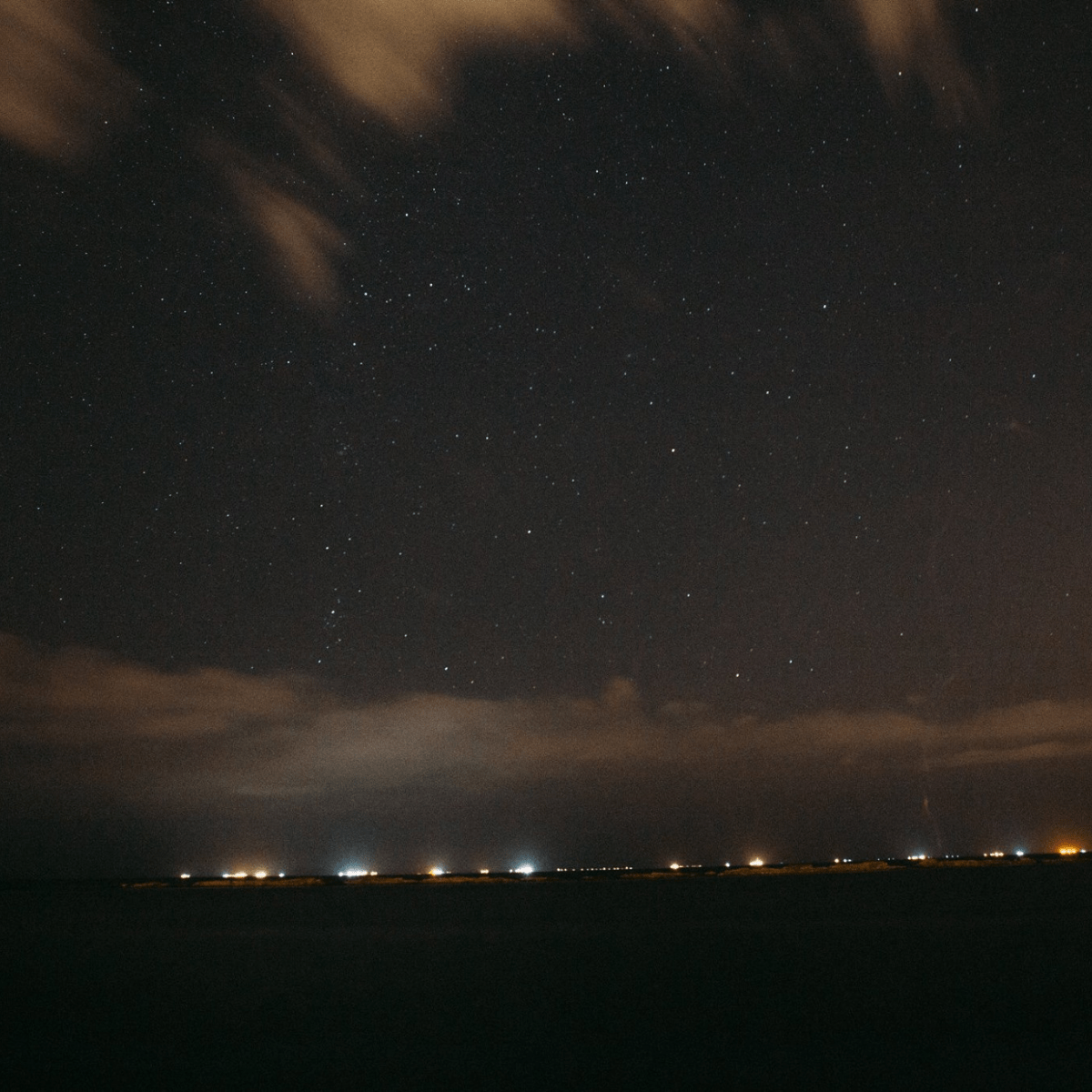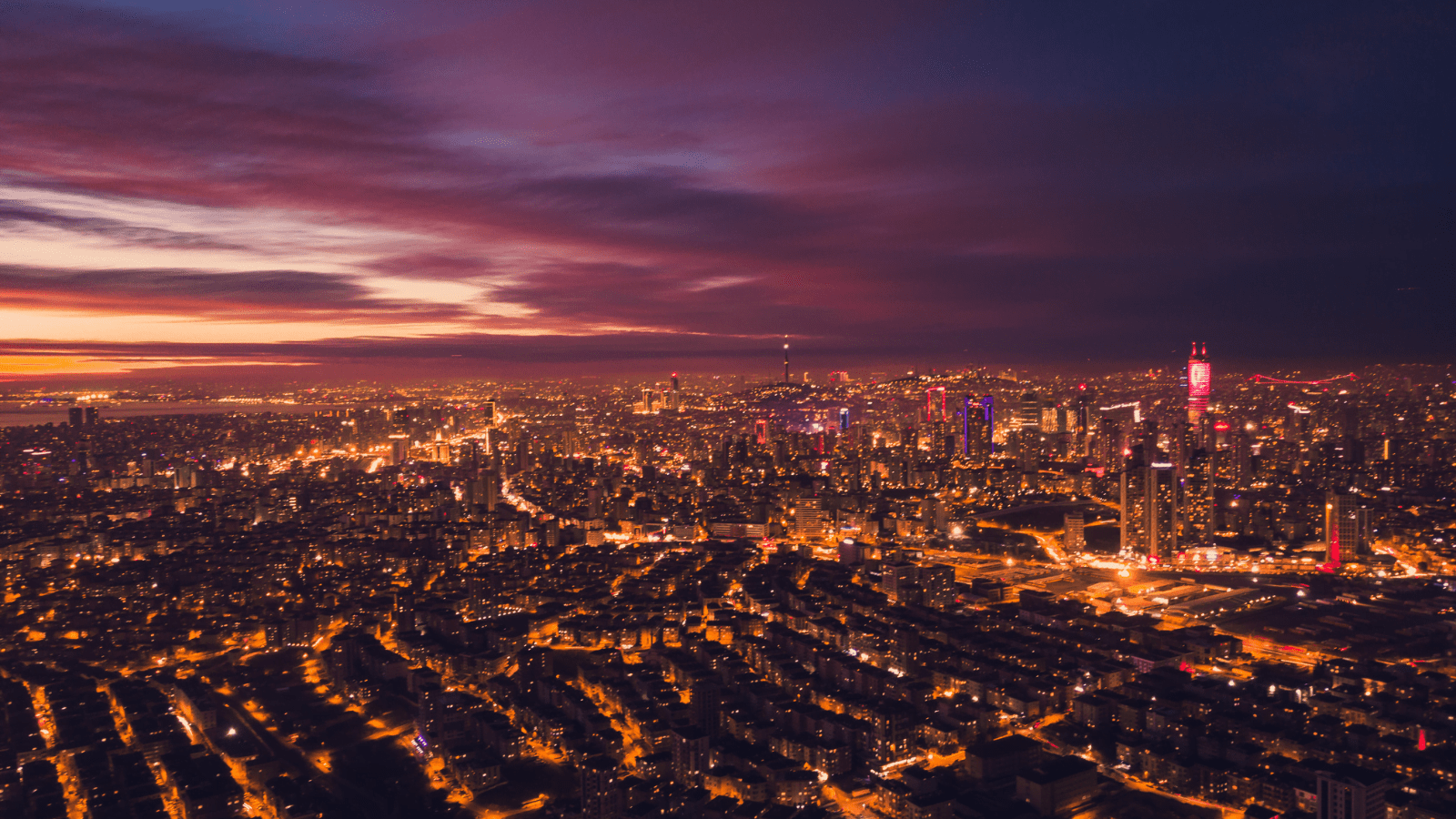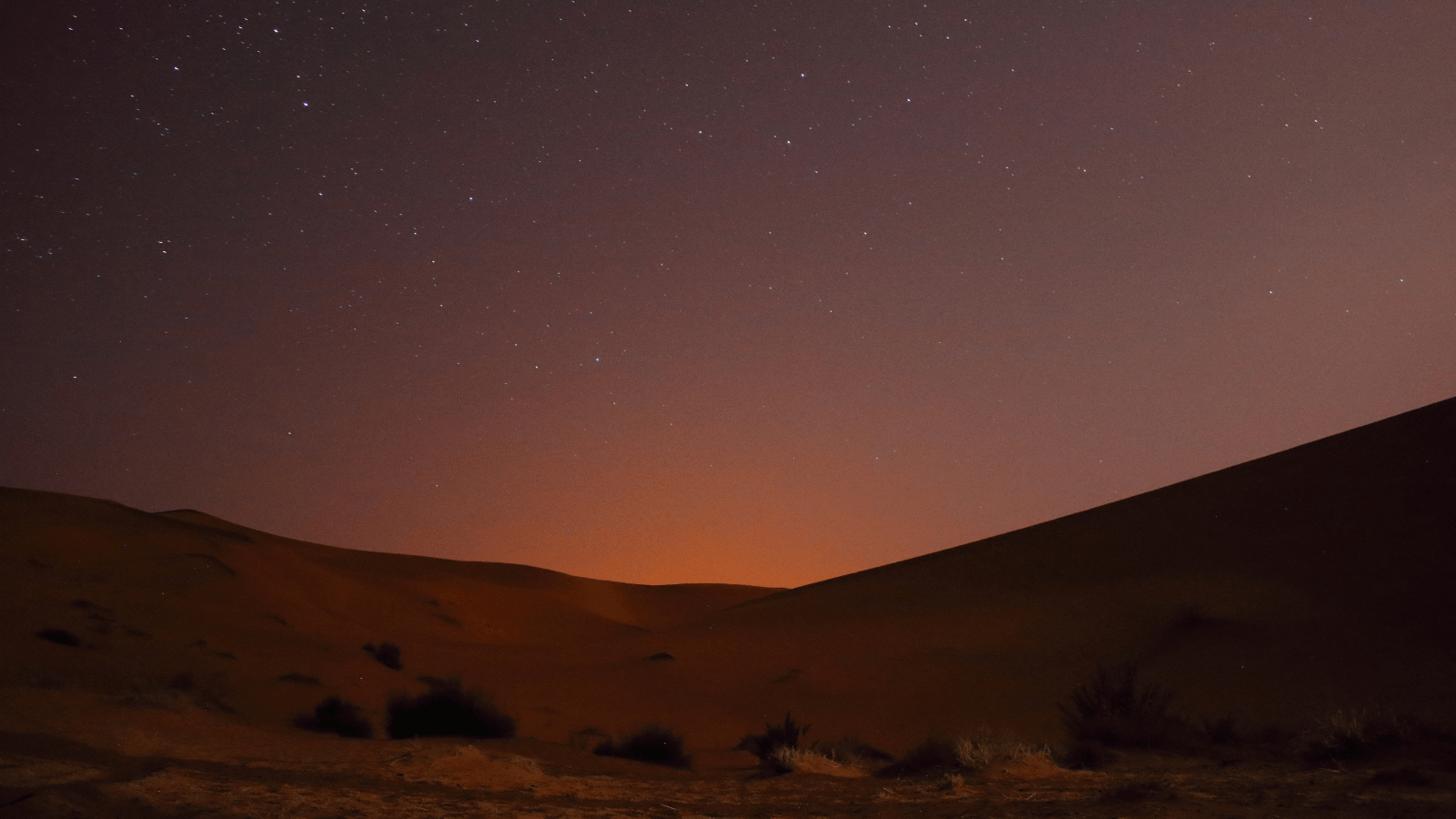Need for Urgent Action to Reverse Runaway Light Pollution
Share

According to a new study, runaway light pollution is rapidly increasing, and urgent action is needed to reverse it. The study, published in the journal “Environmental Research Letters,” shows that artificial light at night is growing at a rate of 2% per year globally, with more than one-third of the world’s population now living under “skyglow” caused by light pollution. This increase in light pollution not only affects our ability to see stars at night, but also negatively affects wildlife and human health. The study suggests that implementing policies to reduce light pollution, such as using shielded lighting and setting limits on the brightness of outdoor lighting, would effectively reverse the trend. Individuals and communities need to take action to reduce light pollution to preserve the night sky for future generations.

- Sign up for Dark Sky updates from The International Dark-Sky Association
Impact on Night Sky
The increase in light pollution affects our ability to see stars at night, making it difficult for astronomers to study the night sky. Excess artificial light from sources such as streetlights, buildings, and billboards can create a bright “glow” in the sky, making it difficult to see stars, planets, and other celestial bodies. This not only diminishes the beauty of the night sky but it can also make it difficult for amateur and professional astronomers to study the stars.
The problem of light pollution is not limited to urban areas, as it can also affect rural and wilderness areas. This is because artificial light can travel long distances and cause skyglow in areas far from the source of the light. This can also affect the natural darkness of nighttime environments, which can adversely affect wildlife, such as disrupting breeding and feeding patterns, migration routes, and more.
To address this problem, the study suggests implementing policies to reduce light pollution, such as using shielded lighting and setting limits on the brightness of outdoor lighting. Shielded lighting is designed to direct the light downwards rather than up into the sky, reducing skyglow and making it easier to see stars. Limiting the brightness of outdoor lighting can also help to reduce light pollution by ensuring that lights are not too bright and are not left on unnecessarily. These policies, along with other measures such as promoting energy-efficient lighting and encouraging the use of LED lights, can help to reverse the trend of runaway light pollution and preserve the night sky for future generations.
Impact on Wildlife and Human Health

Light pollution can negatively affect wildlife, disrupting breeding and feeding patterns and migration routes. Many birds, bats, insects, and other animals rely on natural light cues to navigate, migrate and find food and mates. Artificial light at night can disrupt these natural patterns, leading to confusion, stress, and decreased reproduction and survival rates. For example, birds can become disoriented by artificial light and fly into buildings or other structures, causing injury or death. Sea turtle hatchlings can also be disoriented by bright lights on the beach and may not make it to the ocean.
Artificial light at night can also disrupt the natural day-night cycles of animals, which can affect their behavior and physiology. For example, some animals may become active at night instead of during the day, leading to increased resource competition and decreased survival rates. Additionally, animals that rely on darkness to conceal them from predators may be at a disadvantage when artificial light is present.
Furthermore, Light pollution can also negatively affect human health, including sleep disorders, depression, and other mental health issues. Artificial light at night can disrupt the production of melatonin, a hormone that regulates sleep patterns, leading to insomnia and other sleep disorders. This can affect not only the quality of our sleep but also our overall health and well-being. Studies have also linked exposure to artificial light at night to an increased risk of depression, anxiety, and other mental health issues.
In summary, the negative effects of light pollution on wildlife and human health cannot be overstated and it is important to take action to reduce light pollution in order to preserve the night sky and protect the well-being of our planet and its inhabitants.
Conclusion:
Individuals and communities need to take action to reduce light pollution to preserve the night sky for future generations. The problem of light pollution is not limited to a single location or jurisdiction; it requires a collective effort from everyone to make a difference. There are several simple steps that individuals and communities can take to reduce light pollution and help preserve the night sky.
One of the most effective ways to reduce light pollution is to use shielded lighting. Shielded lighting is designed to direct the light downwards rather than up into the sky, reducing skyglow and making it easier to see stars. Shielded lights can be used for streetlights, building lights, and other outdoor lighting fixtures.
Another way to reduce light pollution is to ensure that lights are not too bright and are not left on unnecessarily. This can be achieved by setting limits on the brightness of outdoor lighting and turning off lights when they are not needed. For example, outdoor lights can be turned off after sunset, or motion sensors can be used to turn lights on only when someone is present.
Individuals and communities can also promote the use of energy-efficient lighting, such as LED lights, which can help to reduce light pollution by using less energy and producing less heat. Additionally, individuals can participate in local stargazing and dark sky preservation groups, to raise awareness and advocate for policies to reduce light pollution.
It is crucial that we take immediate action to address this problem, not only to protect the beauty of the night sky but also to safeguard the well-being of our planet and its inhabitants. The negative effects of light pollution on wildlife and human health cannot be overstated, and it is important that we take steps to reduce light pollution to preserve the night sky and protect the well-being of our planet and its inhabitants for future generations.









